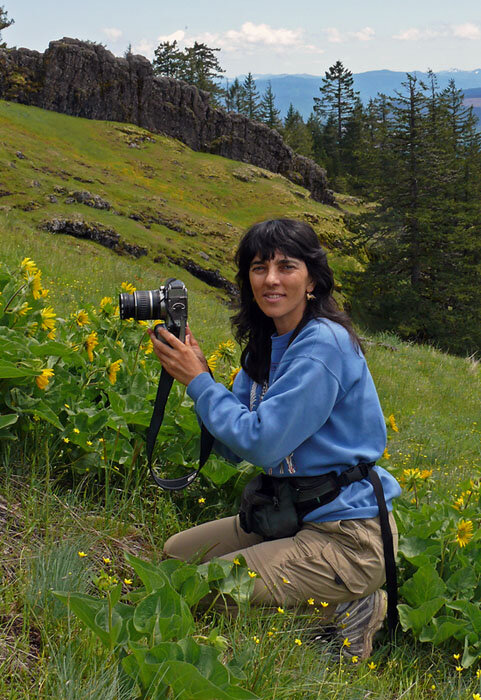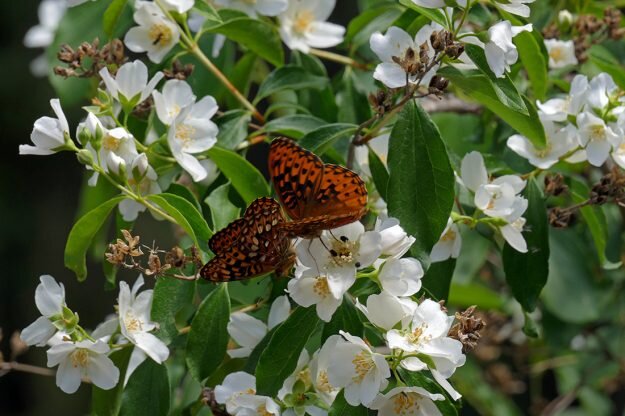Guest Blogger: Kris Elsbree
Milkweed in Rigdon
The Rigdon Area in the Southern end of the Willamette National Forest is a dry mixed conifer forest that holds the northern extent of several species giving an oasis nestled in the Upper Willamette Watershed.
Some of the unusual botanical characteristics include the abundance of Oregon White Oak and East side variety of Ponderosa Pine. Taking a closer look at the plant communities in the meadows of this region and a distinct area can be defined as a habitat more likely to be found Southern Oregon.
Field Crew with large Oregon White Oak on Milkweed Ridge 2018
One of the most picturesque and defining species to this habitat is Asclepias Cordifiolia; heart-leaf milkweed. Coming to full bloom in late June and July heart-leaf milkweed becomes the center point of several meadows in the area being the largest plants with stunning flowers and seed pods.
Monarch larva on heart-leaf milkweed 2018
Only a few years ago as the Rigdon Landscape analysis was underway there was only three known populations of milkweed in the Rigdon Area. Tanya Harvey; a member of the Oregon Native Pant Society and the North American Butterfly Association and co-author of the Oregon Flora Volume 2; began looking at more potential sites for milkweed.
Not only was Tanya able to find more milkweed but also discovered the first monarch butterfly in the area. Since then Walama Restoration Project in Partnership with the U.S. Forest Service has been aiding those efforts by conducting milkweed and monarch butterfly surveys.
Heart-leaf milkweed with seed pods
To date 16 meadows have been documented with milkweed and monarch butterflies. The Western migration of Monarch butterflies is not completely understood, and the population has decreased over 90%. This new known habitat may be a prime steppingstone for their migration and this new data will help the Forest Service better plan and implement projects to expand habitat for monarch butterflies and other pollinators and wildlife that share this habitat.
Fifth instar monarch caterpillar 2018










